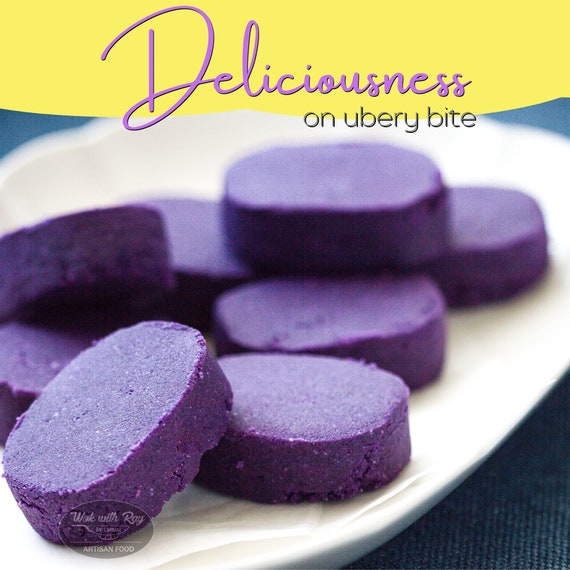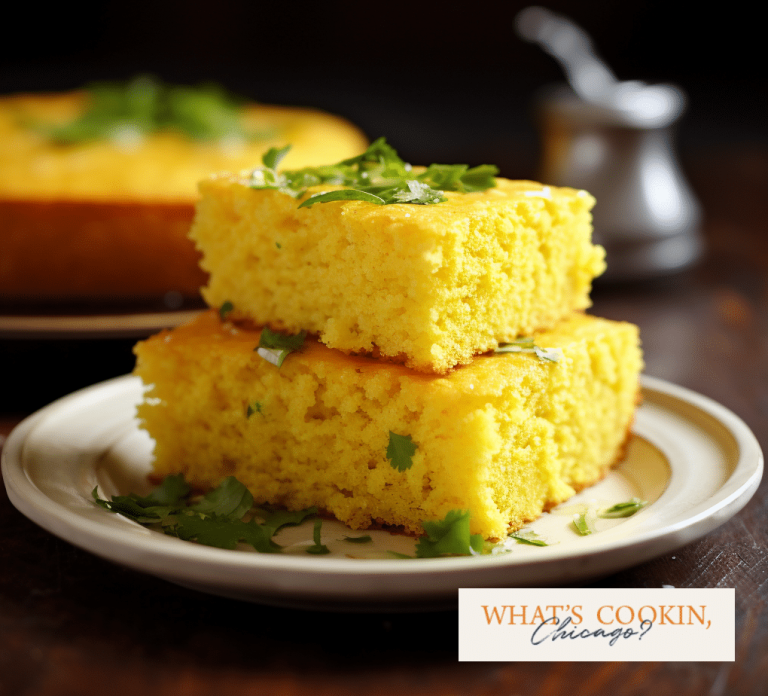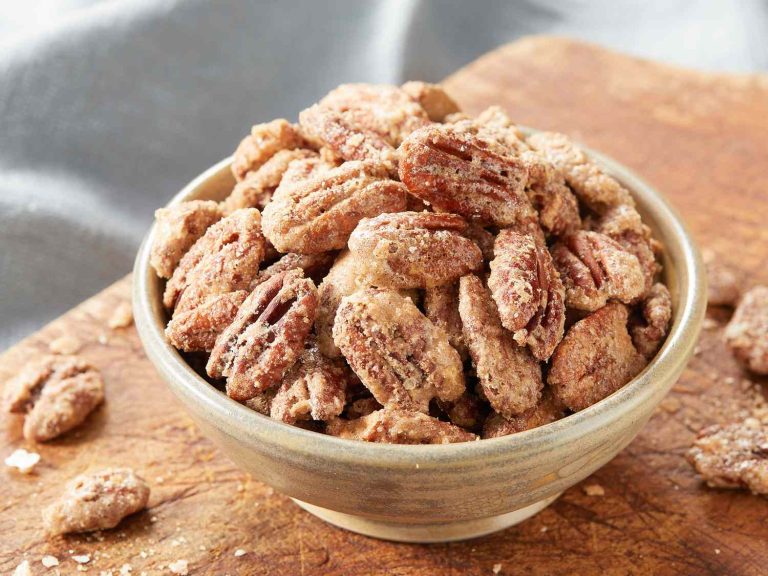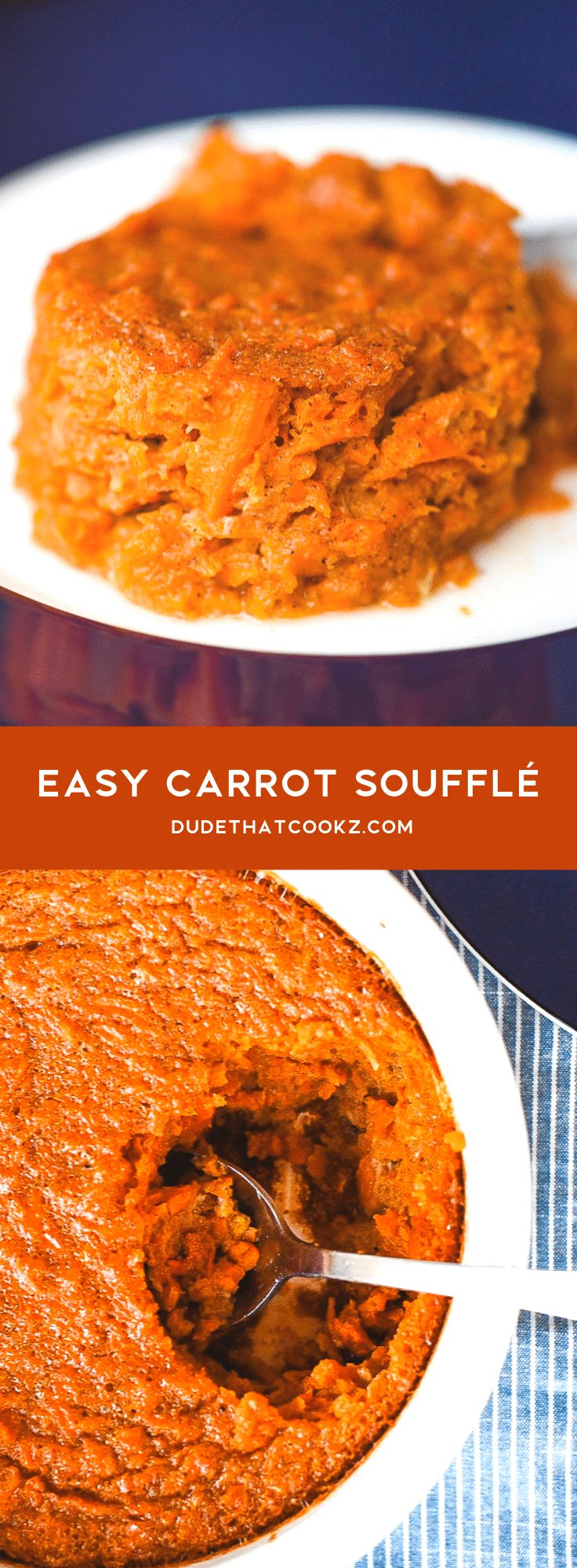Purple Yam And Coconut Mochi Ube Bibingka: A Filipino Delight
Ube, or purple yam, is a root vegetable that originates from Southeast Asia, specifically the Philippines. It’s an essential ingredient in various Filipino desserts due to its vibrant color, unique flavor, and versatility. Historically, ube has been cultivated for centuries, treasured for its nutritional value and distinct taste. It’s rich in antioxidants, vitamins, and minerals. Ube’s popularity has grown globally, appearing in ice creams, pastries, and other sweets, often characterized by its striking purple hue and subtly sweet, nutty flavor.
The Evolution of Bibingka in Filipino Cuisine
Bibingka, a traditional Filipino rice cake, has evolved significantly over the centuries. This dessert, typically made from rice flour, coconut milk, eggs, and sugar, is cooked in clay pots lined with banana leaves. Historically, it was a festive treat linked to Christmas celebrations. Modern variations now include unique ingredients like ube (purple yam) and mochi, catering to diverse palates. The infusion of ube adds visual appeal and a complementary flavor to the coconut and rice base, while mochi provides a chewy texture. This evolution reflects the dynamic nature of Filipino cuisine, integrating traditional elements with contemporary influences.
Key Ingredients and Their Cultural Significance
Ube: The Purple Yam
Ube, also called purple yam, is a staple in Filipino desserts. Originating in Southeast Asia, it’s prized for its vibrant color and distinctive flavor. Ube’s nutritional profile includes antioxidants, vitamins, and minerals, making it both delicious and beneficial. In desserts like bibingka, ube adds a sweet, earthy taste alongside its eye-catching hue. Ube’s cultural significance stems from its versatility in Filipino cuisine, appearing in various forms from cakes to ice creams. Its popularity has transcended local boundaries, gaining international recognition.
Coconut: A Staple in Tropical Cooking
Coconut plays a crucial role in tropical cooking. In Filipino cuisine, its forms include grated coconut, coconut milk, and coconut oil. Each form offers a unique texture and flavor profile. Coconut milk, for example, contributes a rich, creamy texture to dishes like bibingka. Grated coconut adds a mild, sweet flavor, enhancing desserts and savory meals alike. In the context of Purple Yam and Coconut Mochi Ube Bibingka, coconut perfectly complements ube’s sweetness. Culturally, coconut symbolizes resourcefulness, as every part of the coconut tree serves multiple purposes in traditional and modern Filipino life.
The Making of Purple Yam and Coconut Mochi Ube Bibingka
Traditional Methods vs. Modern Twists
In making Purple Yam and Coconut Mochi Ube Bibingka, you’ll find both traditional methods and modern twists. Traditional bibingka typically uses rice flour, coconut milk, and sugar. The batter is poured into banana leaf-lined molds and baked over charcoal. This gives the cake a smoky aroma and distinct texture.
In contrast, modern versions incorporate ube and mochi. Ube adds a vibrant purple color and a unique, slightly nutty sweetness. Mochi, derived from glutinous rice, brings a chewy texture. These ingredients, when combined, create a fusion dessert that maintains the essence of bibingka yet offers a fresh experience.
Importance of Texture and Flavor Balance
Balancing texture and flavor is crucial in Purple Yam and Coconut Mochi Ube Bibingka. Ube provides a velvety softness that contrasts with the chewiness of mochi. Coconut milk enhances the richness, while grated coconut adds a slight crunch. Sugar levels need precise adjustment; too much sweetness can overpower the subtle flavors of ube and coconut.
Texture variance is essential for a satisfying bite. The outer layer should be slightly crisp, while the inside remains moist and tender. Utilizing banana leaves adds an earthy note and helps evenly distribute heat. Achieving flavor harmony ensures that each bite delivers a nuanced, delightful experience, making this dessert a memorable treat.
Where to Find the Best Ube Bibingka
Regional Variations Across the Philippines
Discover varied Ube Bibingka across the Philippines. Each region brings unique touches. In Luzon, you’ll find Bibingka with a perfect balance of sweetness and texture, often grilled and wrapped in banana leaves. Visayas versions often incorporate local ingredients like grated coconut, giving a more textured bite. Mindanao varieties tend to be richer, with ube mixed directly into the batter, creating a denser cake.
Recommended Eateries and Markets
Metro Manila offers numerous spots for top-notch Ube Bibingka. Start with Via Mare, known for its blend of tradition and modern flavors. In Cebu, try Bibingka Espesyal, celebrated for its authentic taste and unique preparation. Davao City markets like Bankerohan provide fresh, locally-made versions, ideal for tasting regional flavors. For international options, check out Goldilocks Bakeries, which deliver high-quality Bibingka globally.
Health Benefits and Dietary Considerations
Nutritional Profile of Ube and Coconut
Purple yam, known as ube, is packed with essential nutrients. It’s rich in complex carbohydrates, providing sustained energy. Each serving contains vitamins A and C, plus antioxidants like anthocyanins, which can protect cells from damage. Ube also offers a moderate amount of dietary fiber, aiding digestion.
Coconut complements ube with its own health benefits. It contains medium-chain triglycerides (MCTs), which may boost metabolism. The meat and milk of the coconut are also good sources of protein, iron, and magnesium, contributing to overall nutrition. Combined, ube and coconut create a nutritionally balanced treat.
Gluten-Free and Vegan Options
Purple Yam and Coconut Mochi Ube Bibingka naturally aligns with gluten-free dietary needs because it uses rice flour instead of wheat flour. For those avoiding gluten, this dessert provides a safe and delicious option.
Vegan versions of this dessert are easily made by substituting animal-based ingredients with plant-based alternatives. For example, replace dairy milk with coconut milk and use flax eggs instead of chicken eggs. This ensures that those following vegan diets can enjoy this traditional Filipino delicacy without compromising their dietary restrictions.
Conclusion
Purple Yam and Coconut Mochi Ube Bibingka isn’t just a delicious treat; it’s a celebration of Filipino heritage and culinary innovation. Whether you’re indulging in a traditional version or exploring gluten-free and vegan options, this dessert offers a unique blend of flavors and nutritional benefits. Next time you crave something sweet and culturally rich, consider trying this versatile and healthful Filipino delight.




